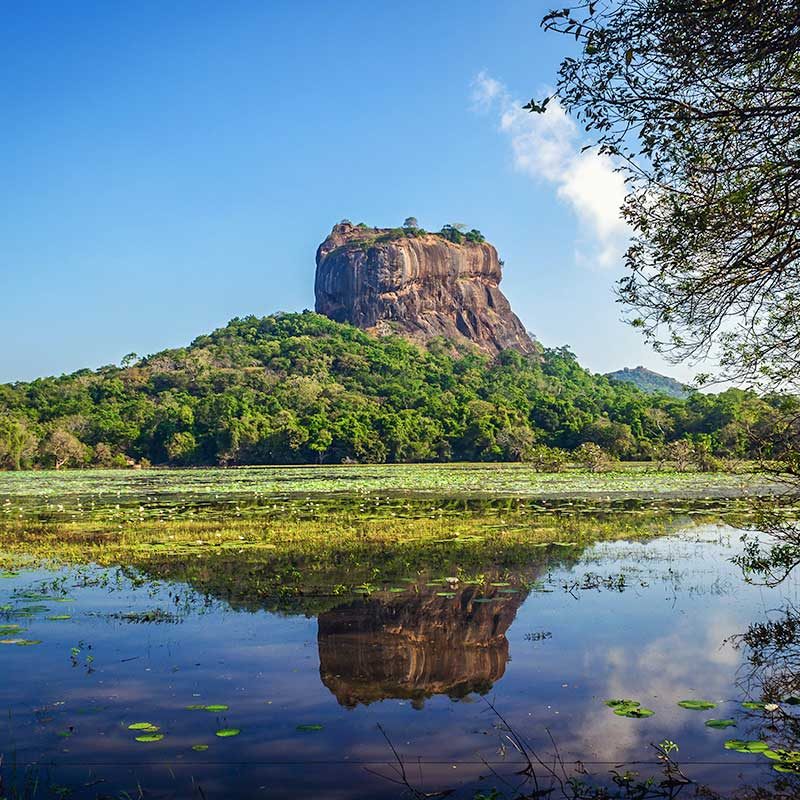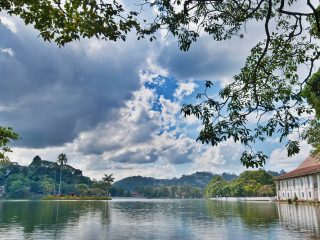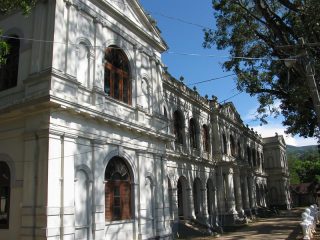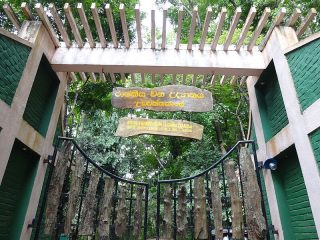Sigiriya is a palace and fortress that is hailed as one of the finest specimens of ancient urban planning. Due to its unique nature, it was declared as a UNESCO World Heritage Site during 1982. Sigiriya, Sri Lanka is an unrivalled blend of water engineering, horticulture, and frescoes, apart from its urban planning.
History
According to the ancient chronicle of Sri Lanka called Chulavamsa, this site was first selected by King Kashyapa as the capital during his reign. His palace was built atop Sigiriya Rock. One can find more information about this ancient site and more by referring to internet sources such as Truly Sri Lanka.
Origin Behind Name
A little way up the side of this rock, a small gateway in the form of a gigantic lion was built on a small plateau. The name of this place has been derived from this iconic structure (Sinhagiri) which means Lion Rock in the native language.
The Frescoes
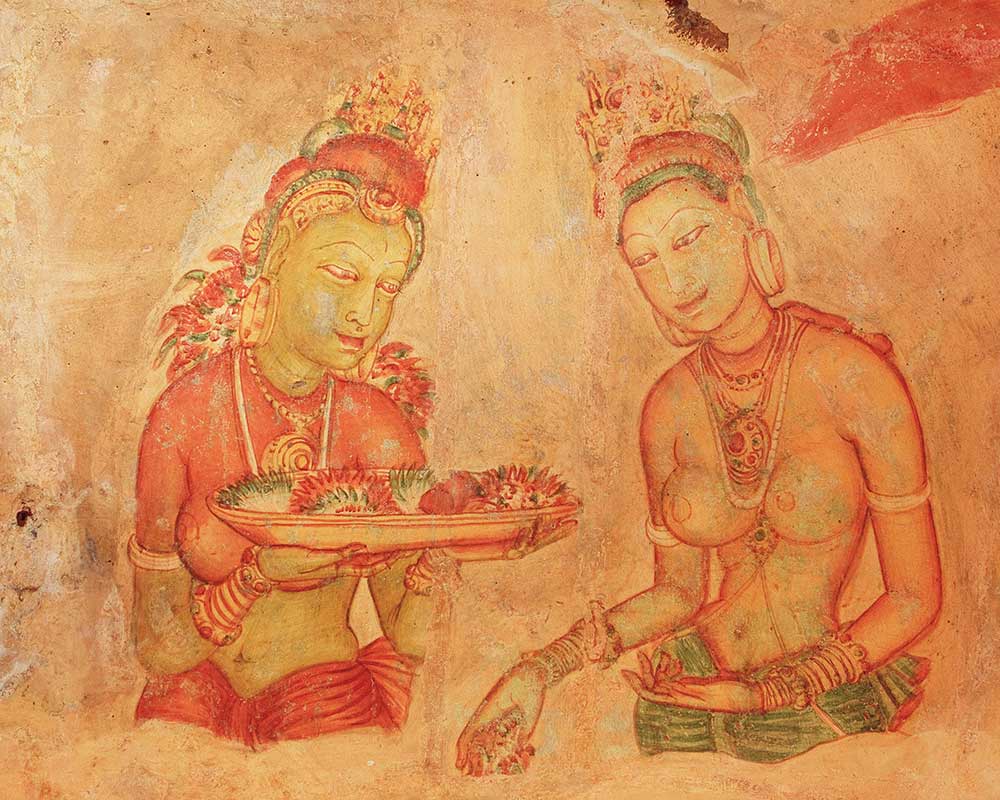
During the reign of King Kashyapa, the western side of the rock was covered with frescoes, which depict nude female figures believed to be the concubines of the King. They are seen to be performing some sort of a religious ritual. Only 18 of these frescoes have survived the testament of time.
Mirror Wall
One of the most fascinating attractions of Sigiriya is its Mirror Wall. The original purpose of this wall was for the king to see his reflection in it. However, after his reigns, visitors at this place has filled this wall with poems and various other inscriptions.

